Those flame outs were north of 20psi
Sent from my iPhone using Tapatalk
Sent from my iPhone using Tapatalk
Describe flame out
I fix that by adjusting my air flowFlame goes out, propane is hissing, followed by reframe
Sent from my iPhone using Tapatalk
To the burner or to the furnace?
Sent from my iPhone using Tapatalk
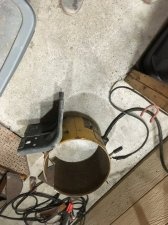
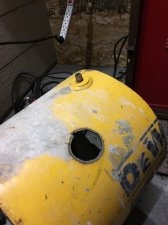
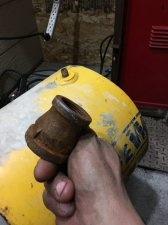
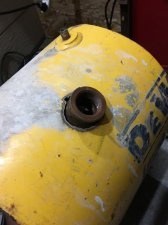
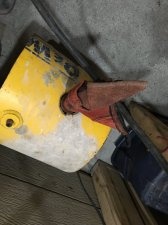
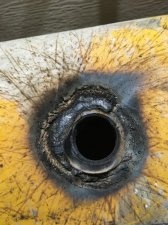
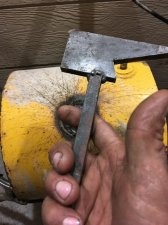
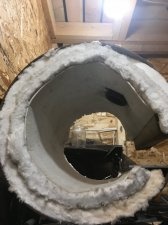
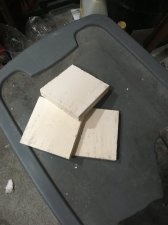
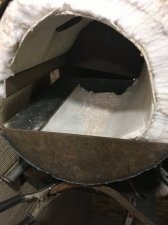
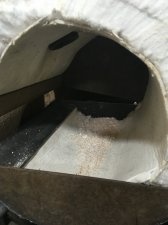
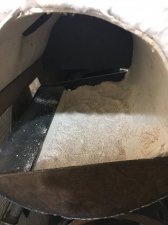
I have similar issues. It seems like opening the back more just let’s all the extra heat out.The burner that I am using for my forge is definitely oversized for the size of my forging chamber .... forge and still retain enough heat to reach forge welding temperature?
